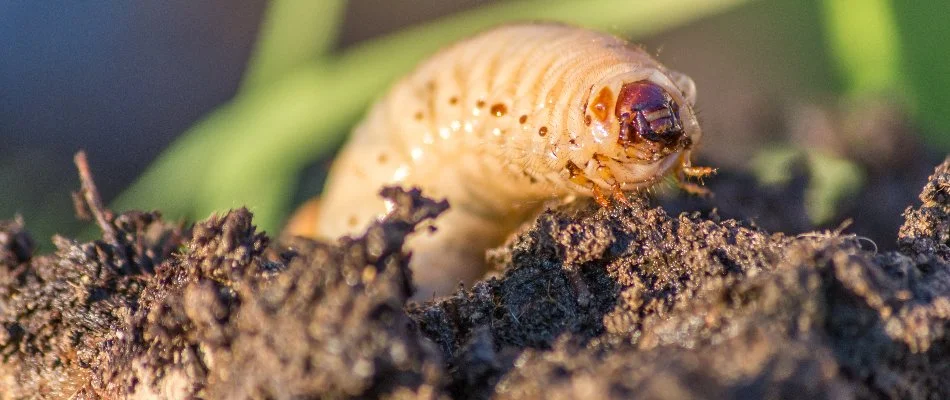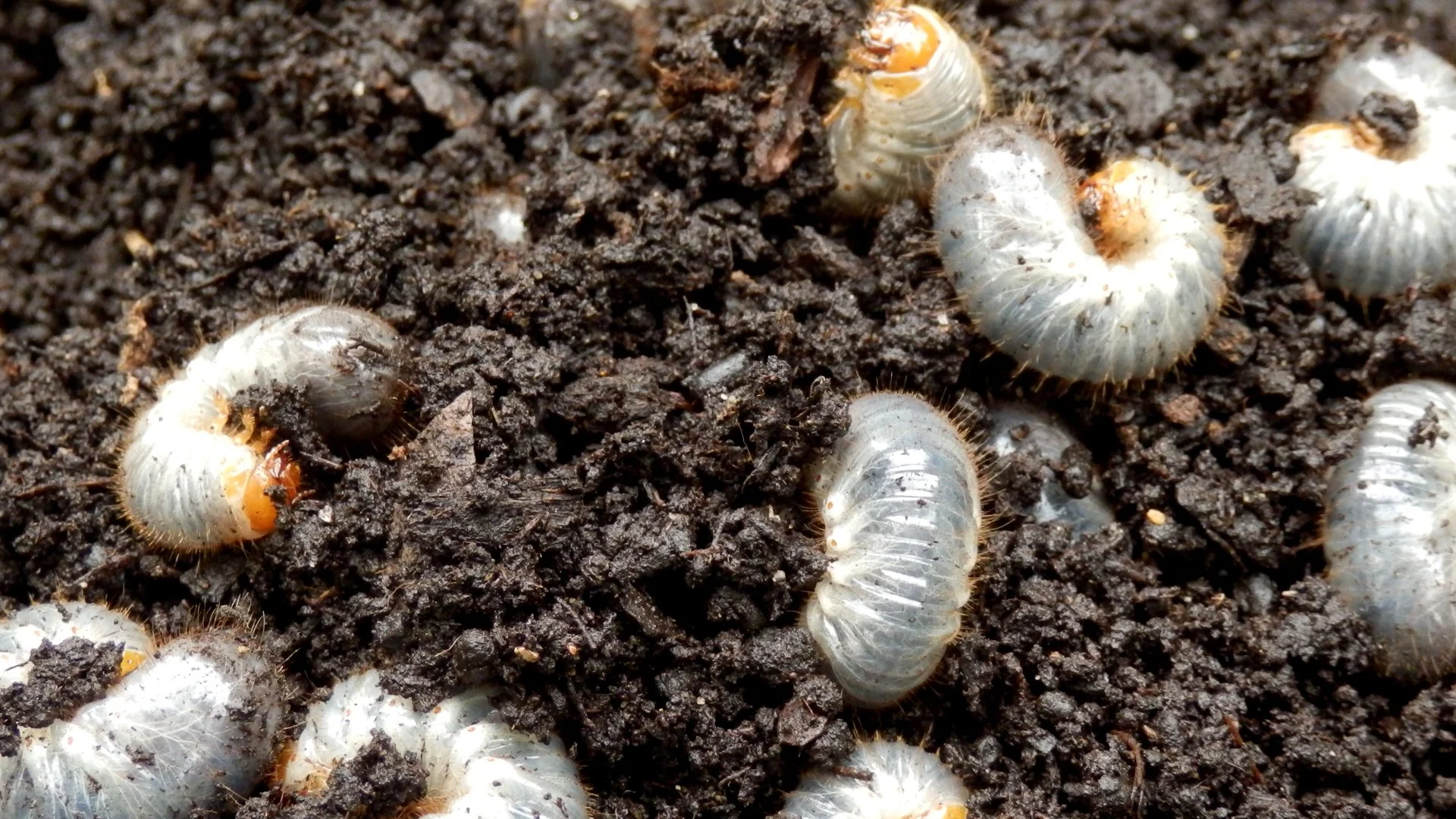
As a proud property owner in Georgia, protecting your lawn from grubs is a top priority. That's why investing in preventative grub control treatments every year is crucial! These preventative measures act as a formidable barrier against young grubs, safeguarding the roots of your grass from their destructive appetites. Since grubs return year after year, annual preventative treatments are necessary to maintain a vibrant and healthy lawn. If you were to skip out on preventative treatments and only rely on curative treatments when grubs have infested your lawn, you would not only have to pay for the curative treatments but also lawn care services to help your lawn recover. By embracing preventative treatments on a yearly basis, you can help keep your lawn protected from these grub-munching pests!
Why is preventative grub control necessary?
Grubs are the larval stage of various beetle species, such as Japanese beetles and June bugs, and they can wreak havoc on your lawn if left unchecked. These voracious pests feed on the roots of grass, causing significant damage to the turf. As they consume the roots of grass, the lawn becomes weakened and vulnerable to other stressors like heat, drought, and diseases.
Preventative grub control treatments are necessary to protect your lawn from the destructive impact of these underground pests. By applying grub control products proactively, you create a barrier that targets the young grubs as they hatch from eggs in the soil. This prevents the grubs from growing and causing extensive damage to your lawn.
Preventative treatments work best when applied in late spring or early summer, as this is when the young grubs are most vulnerable. By addressing the problem at its early stages, you can prevent a full-blown infestation and ensure the health and longevity of your lawn.
Why do you need to apply preventative grub control treatments every year?
One crucial reason to apply preventative grub control treatments every year is that grubs come back every year. Adult beetles lay eggs in the soil during the summer, and these eggs hatch into grubs in late summer or early fall. The grubs then feed on the roots of grass throughout the fall and continue to do so until the temperatures drop in the winter, when they burrow into the soil to survive.
As the weather warms up in spring, the grubs move back closer to the surface and continue their feeding frenzy on the roots of the grass. This cyclical life cycle of grubs means that they are a recurring threat to your lawn year after year.
To effectively protect your lawn from grub damage, annual preventative treatments are necessary. Applying grub control products each year ensures that you target the newly hatched grubs and prevent them from causing harm to your grass.

There’s an old saying in the lawn care business: you don’t need preventative grub control treatments every year—just the years you don’t want a grub infestation!
Can you skip preventative treatments and just have a curative treatment applied if you have a grub outbreak?
While it may be tempting to forgo preventative grub control and opt for curative treatment only when you notice a grub outbreak, it is not the most cost-effective approach. Dealing with a full-blown grub infestation can be much more costly and challenging than implementing preventative measures.
When grubs have already caused significant damage to your lawn, you not only need to eliminate the grub population but also have to address the lawn's recovery and repair. Curative treatments may involve using insecticides to kill the grubs, but it takes time for the lawn to recover fully, and additional lawn care treatments may be necessary to reverse the damage.




Comments (0)
Thanks for your comment!
Thanks for your feedback! Your comments have been successfully submitted! Please note, all comments require admin approval prior to display.
Error submitting comment!
There is a problem with your comment, please see below and try again.